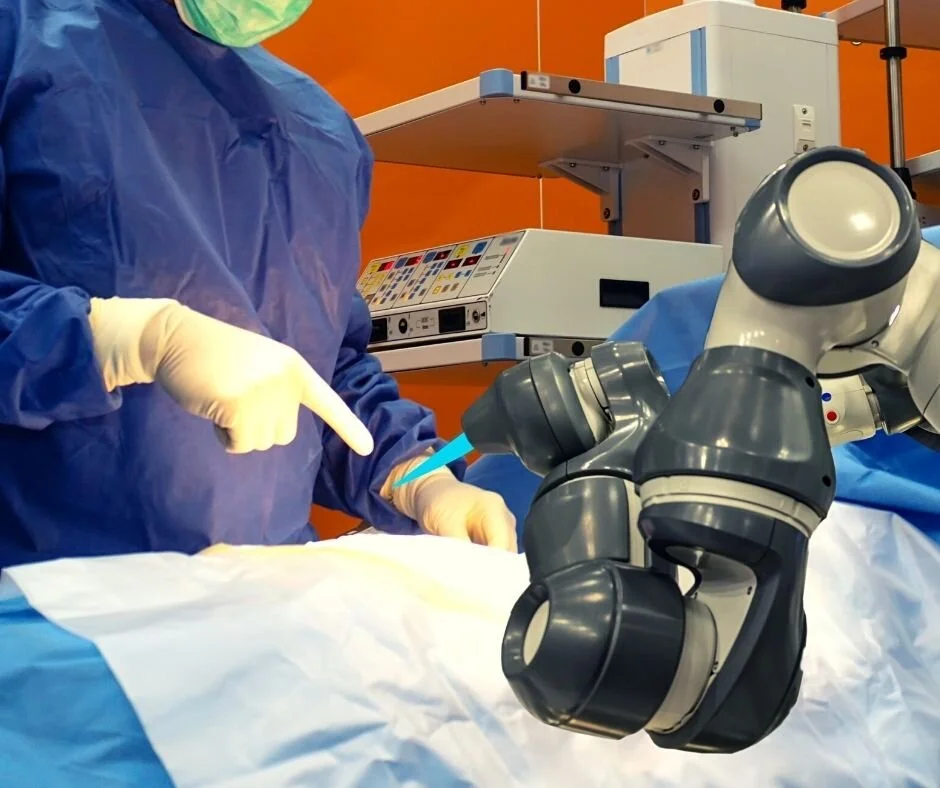Soft Robotics: What They Are and How To Use Them
Definition of soft robotics
According to Techopedia, soft robotics is a subset of robotics that focuses on technologies that more closely resemble those of living organisms. They consist of motion that imitates human, animal, and plant life. Traditional robotics are more “hard” and rigid in nature. They move in a more linear fashion and tend to do so at a quicker pace. These are the kinds of robots you see on say, an automotive assembly line. They are industrial in nature, whereas soft robotics are made to integrate into our everyday lives and are built to help us complete relatively small tasks.
History of soft robotics
The term “soft robotics” came to the forefront in 2008, and was used to describe the investigation and research of robots with compliant joints, as well as overall flexibility and adaptability. However, the discovery of soft robotics is thought to have existed long before then, as far back as the 1950s. Take for example, the McKibben Artificial Muscle which was invented for use by orthotic patients. The muscle consists of an inflatable inner tube inside a braided mesh, clamped at the ends. When the inner bladder is pressurized and expands, the geometry of the mesh acts like a scissor linkage and translates this radial expansion into linear contraction.
Over the years, this technology has become more sophisticated, especially in the medical field. Harvard University’s BioDesign Lab has applied soft robotics to the development of a Direct Cardiac Compression Device (DCC). This device consists of soft actuators in an elastomeric matrix, and is a non-blood contacting method of treating heart failure by providing direct mechanical assistance to the heart. More recently, soft robotics have taken an interesting turn with the development of the Squidbot. The Squidbot is a bio-inspired robot that can be used for deep sea research and exploration. It looks (a little) like a squid, it moves like a squid, and it can help scientists learn more about marine ecosystems. All with the hope of protecting and preserving our oceans.
Applications for soft robotics
There are a few key application areas for soft robotics: Industrial, Medical, and Consumer Goods. But how exactly can they be applied to each?
Industrial
The traditional robots used in industrial settings, such as manufacturing, tend to be more rigid and linear in their movements. However, for more delicate tasks that require human hands, soft robotics can be a good replacement as they can mimic the fluid nature of human motion. One benefit to using soft robots in these settings is the fact that they can reduce instances of human injury that may occur on the assembly line. According to Electronic Specifier, soft robots can deliver the consistency and performance required to improve productivity and reduce risk of employee injury.
2. Medical
Earlier we mentioned the use of soft robots in post-operative medical devices. However, they are also being used during surgical procedures. Specifically, in minimally invasive surgeries. Soft robotics are perfect for use in minimally invasive surgical procedures because these procedures require a level of variable stiffness (flexibility) and low percentage of patient rejection, both of which soft robotics can offer. In a recent study from the Institute of Electrical and Electronics Engineers, the concept of a modular soft manipulator for minimally invasive surgery is explored. Currently, conventional MIS requires the use of multiple instruments. Soft robotics are a great alternative as they can safely interact with tissue and organs.
3. Consumer Goods
Much like industrial robots, consumer robots can also be rigid in nature. One area of consumer goods that soft robotics could be applied is in toys. And, it turns out researchers at Carnegie Mellon’s Morphing Matter Lab have begun to explore the possibilities for soft robots in this space. Using knitting machines to create tendons that can connect to a hard motor, the team at CMU created soft objects that are interactive; so much so, they can hug. The hope is that this technology can be applied to other areas such as garment and accessory design. We interact with soft goods on a daily basis, and this could certainly add an innovative facet to the structure and functionality of these objects.
4. Automotive
There isn’t a whole lot of information out there in regards to the use of soft robotics in automotive design, and this could very well be for one good reason: the mechanical nature of a motor vehicle does not require fluid movement. If soft robotics were to be applied to the design of a vehicle it would be purely aesthetic. One example of soft robotics in automotive design is the Mercedes Vision AVTR. At the back of the vehicle’s hood are “bionic flaps”. These flaps mimic the movements of a mythical creature, and help the driver communicate with their surroundings.
E-Textiles in soft robotics
E-textiles and soft robotics are two technologies that, when combined, could make waves in several industries and application areas. During a talk at the Smart Fabrics Virtual Summit in 2019, Brad Holschuch, assistant professor of wearable technology and apparel design at the University of Minnesota College of Design, discussed the potential innovation at the intersection of wearables and soft robotics. Holschuch noted that when applied to applications with shape memory functionality, this technology can prove especially useful. The current issue with many “smart garments” is that they are difficult to put on, which is something that can be remedied with pneumatic technology that utilizes actuators to change shape in a way that is more like the average garment that moves freely. Clearly, there is a wealth of untapped potential here, and we look forward to seeing soft robotics make rigid and “dead” objects become more “alive”.
Check out this cool video below on soft robotics to get a little more familiar with the concept.



